
China
14:49, 04-Dec-2017
Tech It Out – Treat heavy metal pollution with… TV?!
Yang Zhao
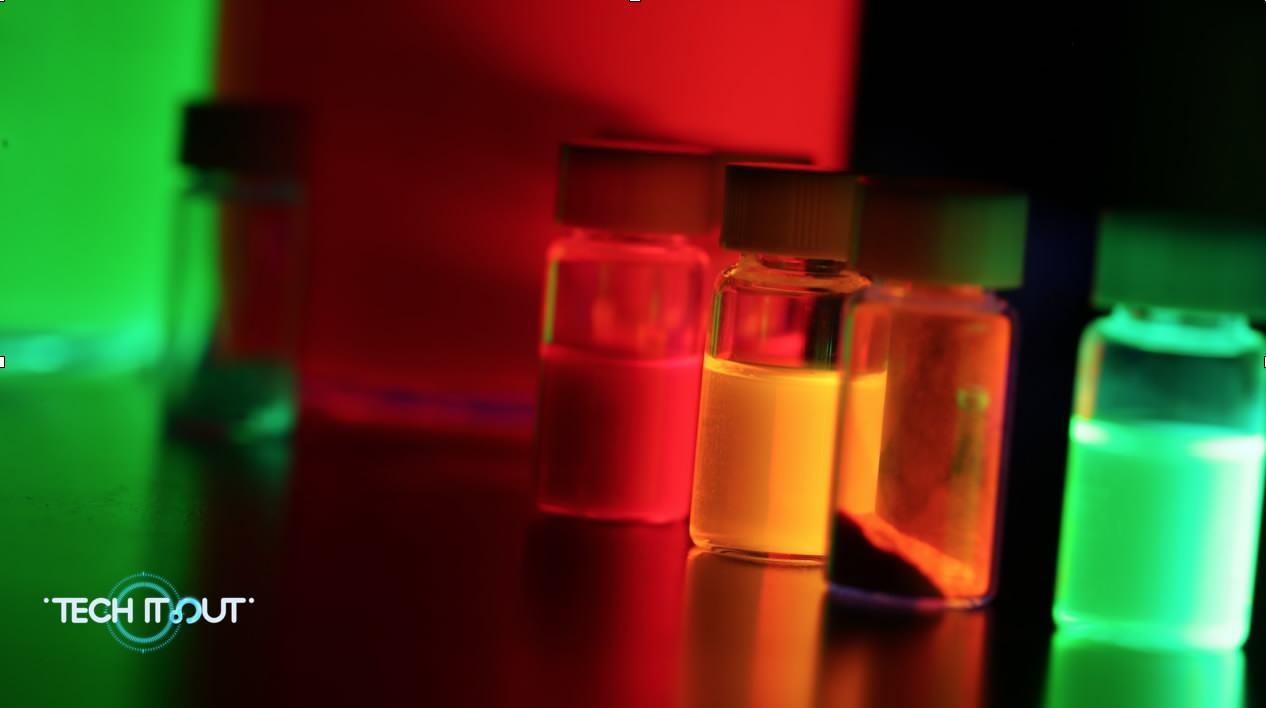
Economic achievements come with a price. Pollution is one. There have been numerous cases of the world’s rivers being polluted by heavy metal waste over the past 10 years.
In China, lead, chromium, arsenic, cadmium and mercury are the five key heavy metal pollutants. Heavy metal ions in the water will enter the food chain and can accumulate in the human body.
Scientists are trying to save these waterways. CGTN reporter Yang Zhao met Shanghai Jiao Tong University’s Professor Li Liang, who has an unusual water treatment solution.
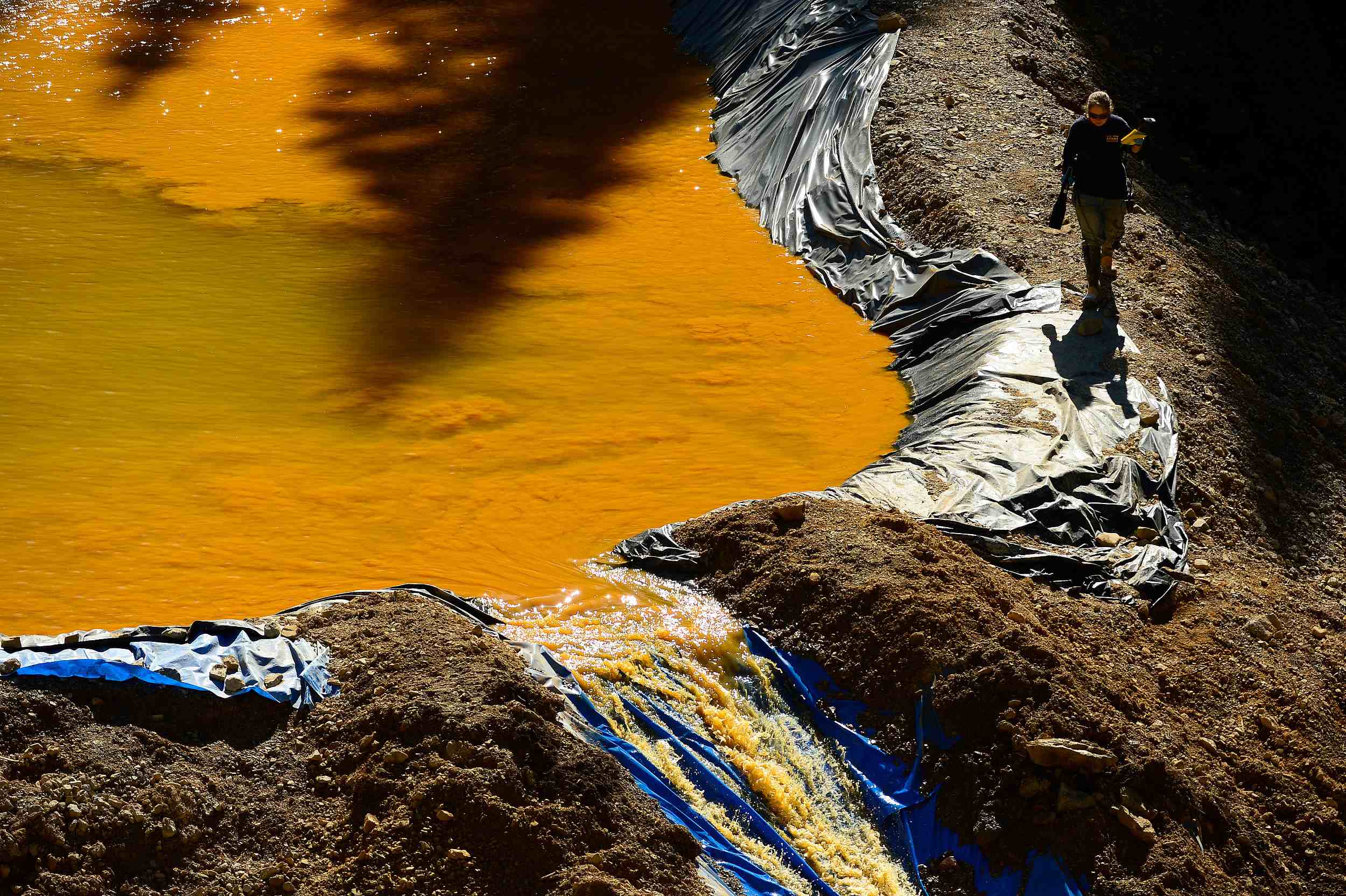
Water polluted by heavy metal sewage /VCG
Water polluted by heavy metal sewage /VCG
Li’s expertise is quantum dots, nano-sized fluorescent crystals. They emit a different color of light according to the size of the crystal, a property that is making them the most desirable component in the latest generation of televisions. Some TV manufacturers have launched prototypes of quantum dot TVs.
So what is relationship between the latest generation of TVs and polluted rivers?
The most popular quantum dots on the market today are heavy metal-based, like the cadmium-based or zinc-based quantum dots. The process to make heavy metal-based quantum dots has given Professor Li inspiration.
“For example,” he said, “I want to make some lead sulfide quantum dots (PbS). What I need are some iron sulfide quantum dots (FeS). I can add a little lead ion to iron sulfide to convert it to a sulfide lead. The conversion occurs within a few seconds. This process gives us a great enlightenment, that the speed at which quantum dots adsorb another heavy metal ion is very fast.”
In other words, the process to make quantum dots is actually a perfect way to capture heavy metal ions that dissolve in water. That means that these little heavy metal-based particles used in TV screens could be a solution for heavy-metal polluted rivers.
As an old saying goes in China, “To fight poison, use poison.”
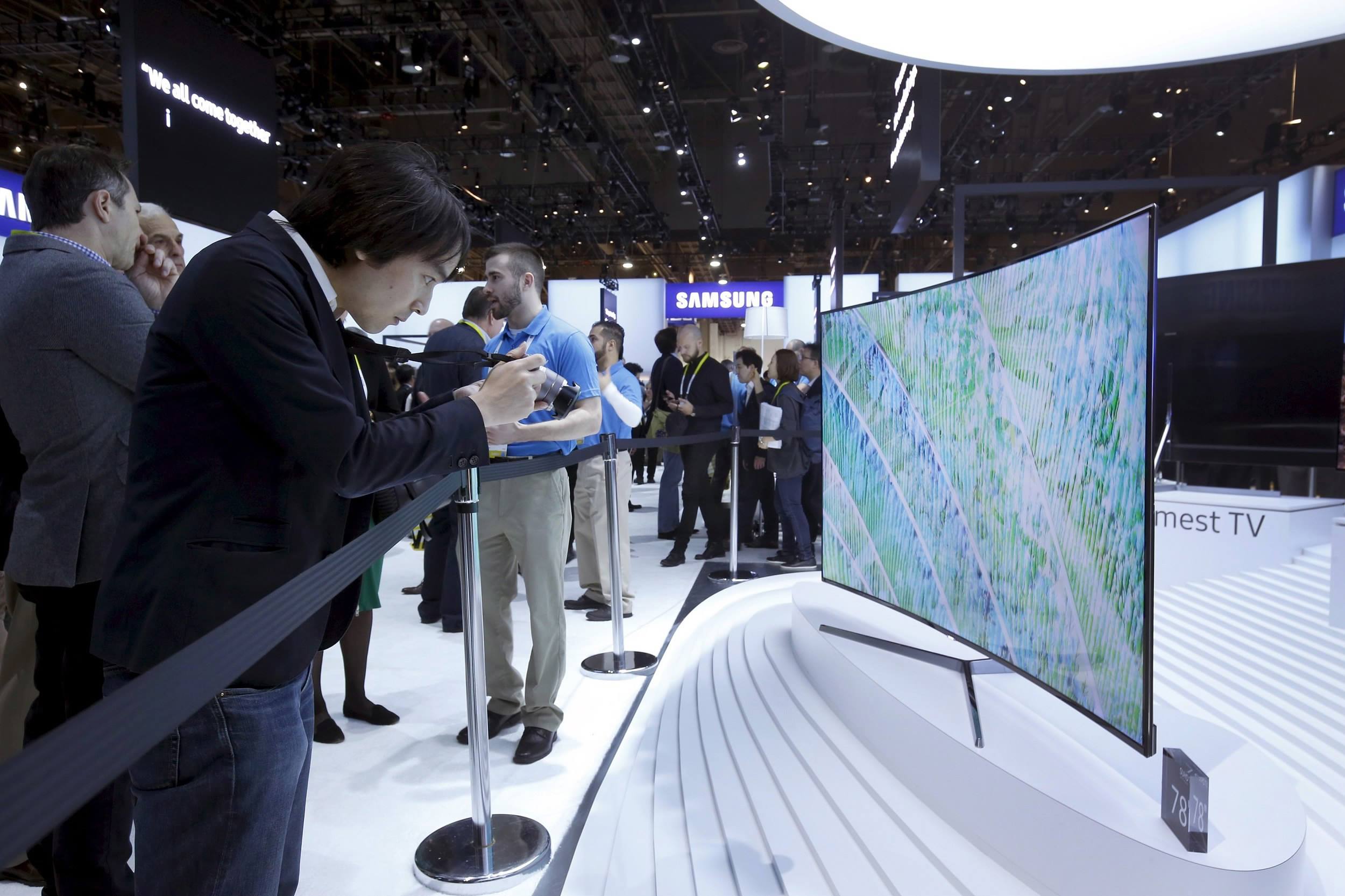
The same nano-sized fluorescent crystals used in the world’s first quantum dot TVs could also be applied in countering water pollution. /VCG
The same nano-sized fluorescent crystals used in the world’s first quantum dot TVs could also be applied in countering water pollution. /VCG
At Li’s lab, he showed Tech It Out a beaker of water with copper and lead. The copper in the water was 300 times higher than levels recommended by environmental authorities, and the amount of lead was more than 2,000 times higher.
He added a little bit of quantum dot absorbent, stirred it in and left it for five minutes. Li had previously magnetized the absorbent. So as we approached the beaker with a magnet, we saw the pollutant congealed to the edge of the barrier and ready to be pulled out to remove. The levels of copper and lead in the water were thus made acceptable. And the process is faster than with the carbon adsorbent that is currently widely used.
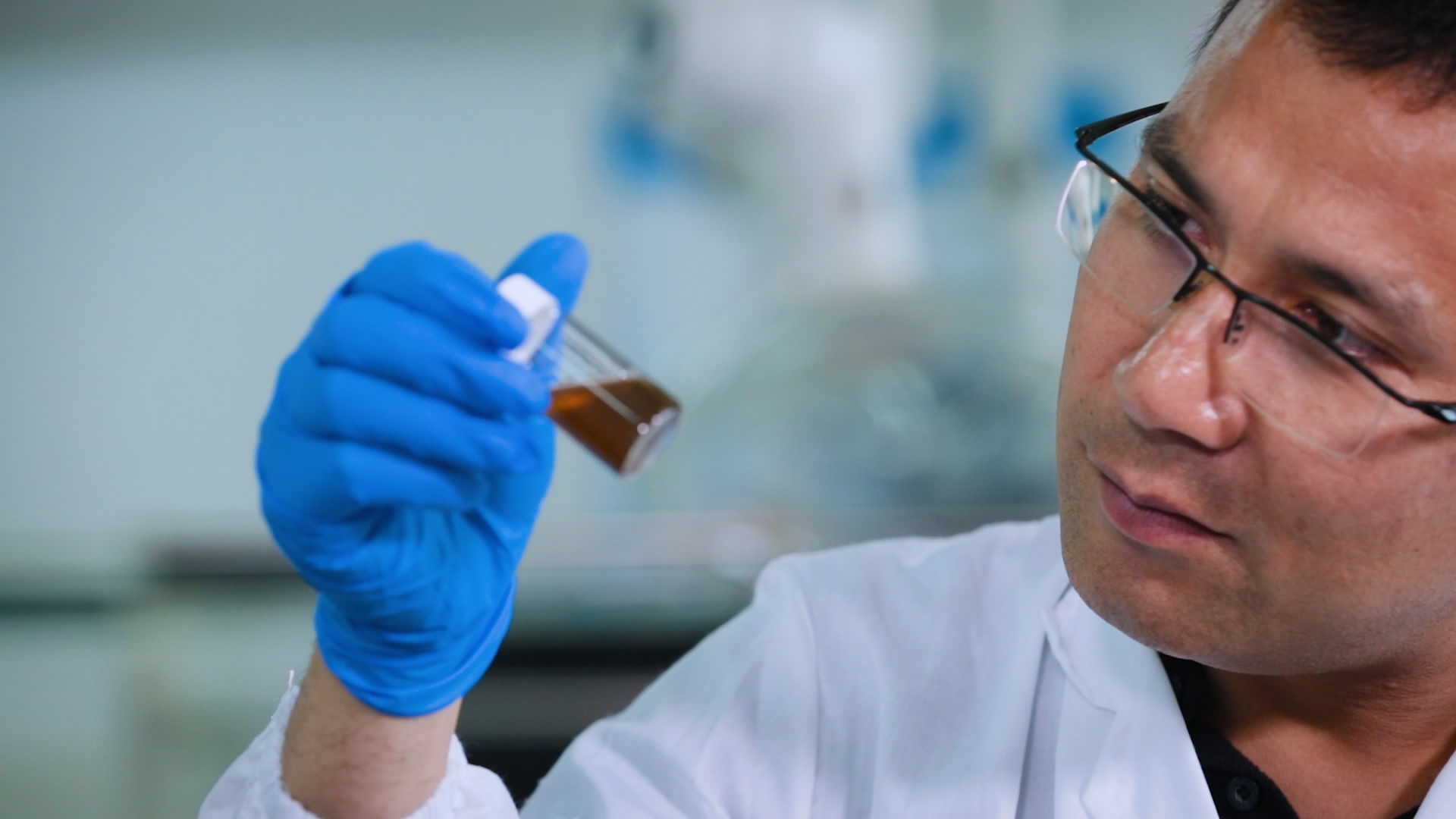
Prof. Li working in the lab /CGTN Photo
Prof. Li working in the lab /CGTN Photo
Later, we used a mini sewage treatment plant in the lab to test 100 kilograms of sewage containing copper, lead and zinc with the quantum dot absorbent. Unlike the test in the beaker, the water that needs to be treated in real life is not stagnant – but flows. The actual process takes more time because the absorbent needs to catch up with the heavy metal ions first before reacting with them. About one hour later, we have a full tank of clean water.
So how can the quantum dots do it so fast? If you want a cube of sugar to quickly dissolve in water, you just need to crush it, because the surface area of numerous tiny particles is greater than that of the cube itself. Quantum dots are millions of times smaller than the width of a human hair, giving them tremendous surface area. About 80 grams of quantum dots can have a surface area as large as a soccer field.
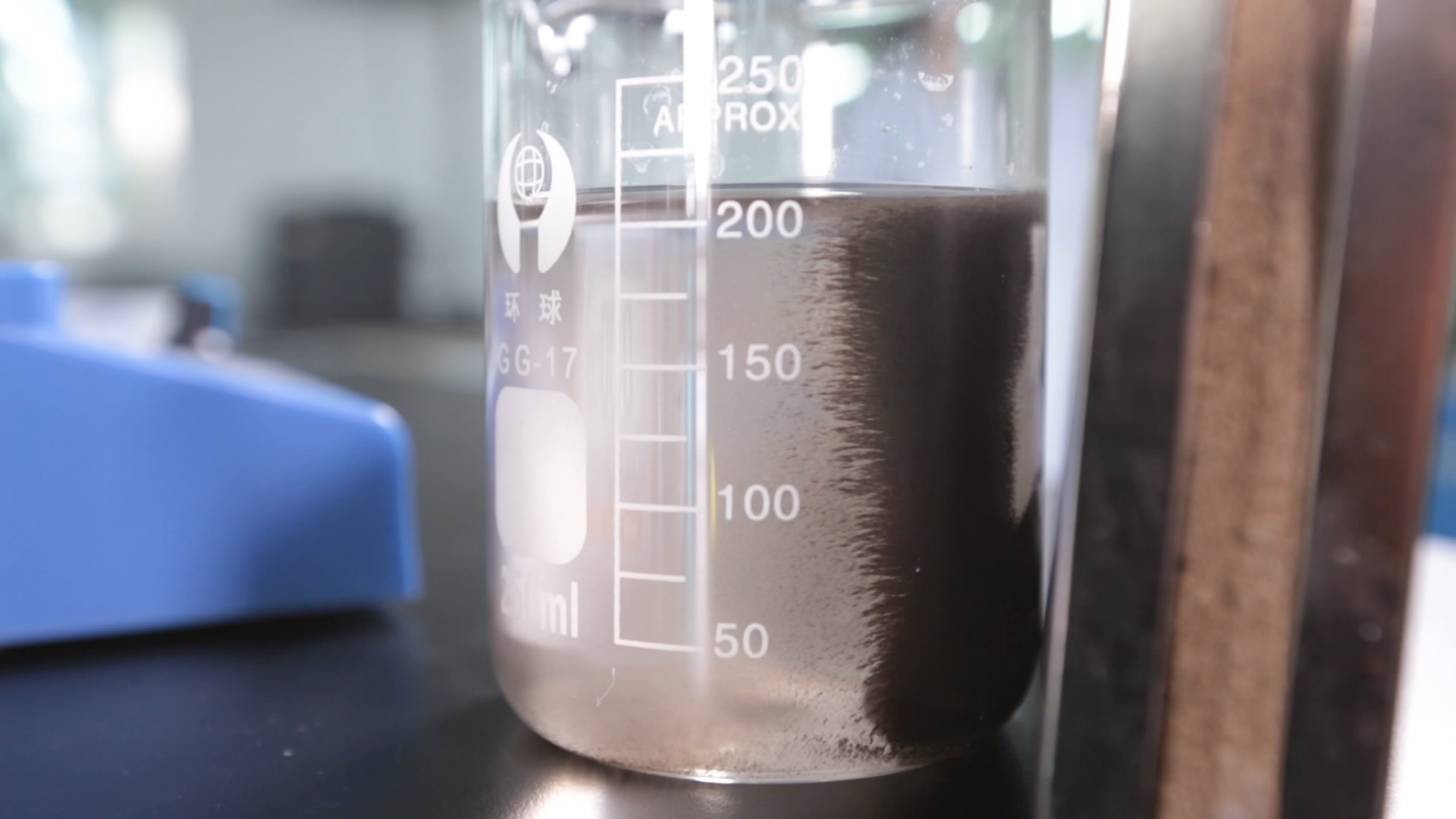
A magnet can be used to clear heavy-metal sludge. /CGTN Photo
A magnet can be used to clear heavy-metal sludge. /CGTN Photo
Li has tested the absorbent in open water and has dealt with some environmental incidents. But he sees technology as just the first step in protecting the environment. “Many factories still refuse to purchase sewage treatment systems, not because those owners want to pollute the environment but they need profit to survive,” Li said.
“So it’s a mutual effort that needs government, the private sector and scientists all to be involved.”
Tech It Out is a new science and technology series on CGTN. It tells the stories behind the inventions and technological breakthroughs that reshape our world and lives.

SITEMAP
Copyright © 2018 CGTN. Beijing ICP prepared NO.16065310-3
Copyright © 2018 CGTN. Beijing ICP prepared NO.16065310-3